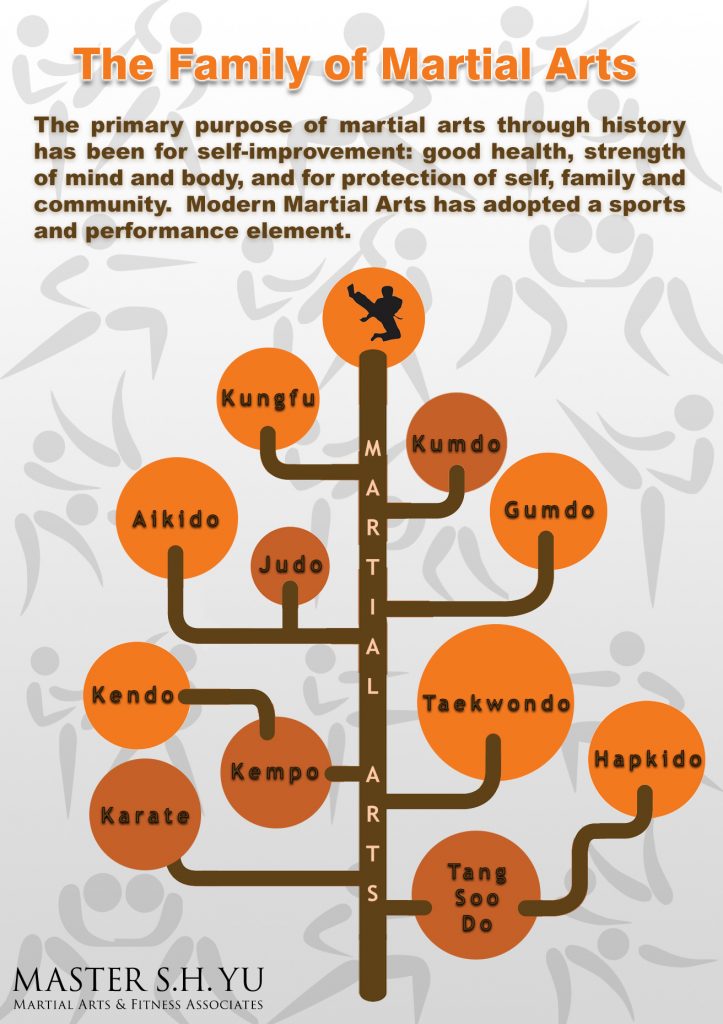Training In Martial Arts Weapons: A Trip Via Time And Skill
Training In Martial Arts Weapons: A Trip Via Time And Skill
Blog Article
Write-Up Written By-Noble Hampton
Discover the ancient origins of martial arts weapons training, forming combat techniques and self-control. Old human beings like Egypt and China honed their abilities with various tools like bows, teams, swords, and nunchaku. Given with generations, standard tools such as katana, nunchaku, bo team, and sai use special attributes and methods. Modern weapon training incorporates traditional principles with modern strategies, focusing on speed, accuracy, and adaptability. Improve your combat abilities by learning about the rich history and varied techniques of martial arts weapons.
Old Origins of Defense Training
Exploring the old roots of tools training exposes the foundational concepts that have formed martial arts methods for centuries. In old human beings, tools training had not been only a way of combat but also a method to impart technique, honor, and regard. The earliest types of weapons training can be traced back to ancient Egypt, where soldiers were learnt the art of archery and spear combat. These skills were essential for securing the kingdom and ensuring its prosperity.
As worlds progressed, so did the techniques and tools utilized in training. In old China, martial arts practitioners developed their abilities with weapons like the team, sword, and nunchaku. These weapons weren't only devices for self-defense but likewise symbols of toughness and proficiency. The training techniques were passed down from generation to generation, preserving the typical techniques and philosophies.
With the research study of ancient tools training, modern-day martial musicians obtain a deeper understanding of the technique and dedication called for to grasp these skills. By honoring martial arts training at home pdf of ancient warriors, practitioners continue to maintain the timeless principles of martial arts.
Traditional Fighting Style Weapons
The advancement of martial arts weaponry from ancient people to modern-day practice highlights the long-lasting significance of typical weapons in combat training. Traditional martial arts weaponry consists of a vast variety of tools such as the katana, nunchaku, bo team, and sai. These tools have been passed down via generations, each with its one-of-a-kind characteristics and techniques.
The katana, a traditional Japanese sword, is known for its sharpness and precision in strikes. Nunchaku, including two sticks connected by a chain or rope, require skillful handling for reliable battle. The bo staff, a long stick commonly constructed from timber, is flexible in both assault and protection maneuvers. The sai, a three-pronged steel tool, is adept at capturing and obstructing opponents' strikes.
Educating with these traditional weapons not only sharpens physical combat abilities but also grows discipline and emphasis. By grasping the methods of standard martial arts weaponry, practitioners can symbolize the abundant history and culture of martial arts while improving their battle effectiveness.
Techniques for Modern Tool Training
Modern tool training techniques emphasize versatility and effectiveness in combat situations, blending typical principles with contemporary techniques for maximum effectiveness. To excel in modern-day tool training, focus on enhancing your speed, precision, and adaptability. Experimenting tools like blades, batons, and firearms requires understanding strategies that focus on quick strikes and precise defensive maneuvers.
Maneuvering plays a critical duty in contemporary weapon training, enabling you to keep correct distance from your opponent and quickly shift in between offending and defensive positions. By integrating click this and quick maneuvering drills into your training regimen, you can successfully escape attacks and launch counterstrikes with precision.
In addition, contemporary weapon training emphasizes the relevance of situational understanding and tactical reasoning. Recognizing just how to assess hazards, recognize vulnerabilities, and exploit openings in your opponent's defense is necessary for success in fight scenarios. By honing your logical skills and establishing a tactical attitude, you can outmaneuver opponents and emerge victorious in testing scenarios.
Conclusion
So there you have it! You have actually found out about the ancient origins of weapons training, checked out traditional martial arts weaponry, and discovered strategies for contemporary tool training.
Now head out there and practice what you've found out, and come to be a master of martial arts tools! Remember, the opportunities are unlimited, and with dedication and practice, you can end up being a weapon-wielding ninja quickly!
